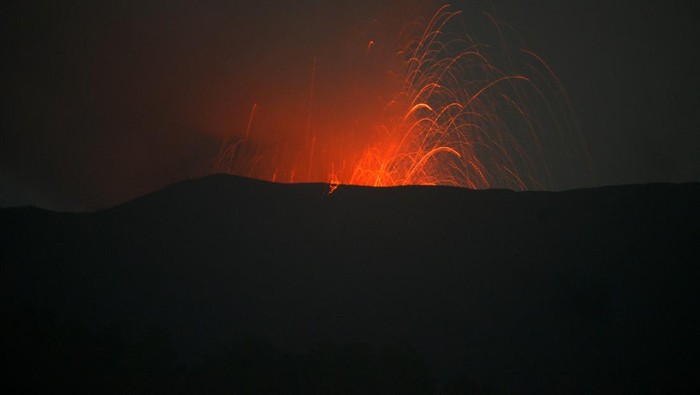Approximately 74,000 years ago, Mount Toba in Sumatra experienced one of the largest eruptions in world history. The cataclysmic eruption of Toba is said to have caused significant disruption to the global climate of that era. Some scientists speculate that the volcanic winter resulting from the Toba eruption was a substantial change that led to the demise of a large portion of the human population, as genetic evidence indicates a sharp decline in population. However, recent research from archaeological sites in Ethiopia, once inhabited by early modern humans, adds more evidence suggesting that the event may have been less apocalyptic than previously thought.

On the contrary, a new study has found evidence of human survival and adaptation to the dry conditions triggered by the Toba eruption, potentially facilitating the crucial migration of humans from Africa to various parts of the world. Microscopic fragments of volcanic glass found alongside stone tools and animal remains in the same sediment layers at the Shinfa-Metema 1 site, near the Shinfa River in Ethiopia, indicate human occupation before and after Toba erupted more than 6,400 km away.
"These fragments are smaller than the diameter of a human hair. They are still large enough to analyze their chemical and trace element signatures," said John Kappelman, a professor of anthropology and geological sciences at the University of Texas at Austin and the lead author of the study published in the journal Nature.
By gathering clues from fossils and artifacts found, as well as geological and molecular analysis, the team understood how humans there continued to thrive despite the potential climate changes triggered by volcanic natural disasters.
The research reveals that animals at the time consumed plants that were more likely to grow in drier conditions. According to CNN, analysis of flora and fauna at the site also found an abundance of fish remains following the eruption.
"During that time, humans began to increase the percentage of fish in their diet following the eruption. They caught four times more fish than before the eruption. The reason may be that the Toba eruption created greater drought, resulting in shorter rainy seasons and longer summers," John explained.
They theorized that the drier climate explained the increased reliance on fish. As rivers receded, fish became trapped in pools or shallower rivers, making them easier to catch.
They also proposed a theory where early humans migrated northward from Africa after depleting fish stocks. This theory contradicts most other models stating that the major migration of humans out of Africa occurred during humid periods.
"This study demonstrates the ability of Homo sapiens to adapt easily to all kinds of environments, whether very humid or very dry, including during catastrophic events such as the massive eruption of Mount Toba," said Ludovic Slimak, a researcher at the University of Toulouse.
In other words, humans proved to adapt well even in the face of the super-cataclysmic eruption of Toba. Scientists also found remnants of several small triangular points, which are among the earliest examples of arrow use, indicating that the inhabitants of the site may have used bows and arrows to hunt fish and other large prey.
"Therefore, there are many reasons to consider these early Homo sapiens as highly advanced technological users, free from natural and climatic constraints, which is crucial in understanding their later migrations across all continents and latitudes," said Slimak. find unity software developer here.
Early human species likely left Africa multiple times, but archaeologists and geneticists generally agree that the most significant dispersal of Homo sapiens, ultimately leading to modern human presence in every corner of the world, occurred approximately 70,000 to 50,000 years ago.



